Driving a manual transmission can be an exciting adventure, but it can also be frustrating when your car won’t move. Many drivers ask, “Why my manual transmission goes into gear but doesn’t move?”
The most common cause is low fluid levels in the transmission or the clutch hydraulic system. Other causes include worn gears, bad synchronizers, or a faulty clutch or flywheel. Also, the clutch needs to release properly.
If you’re having this issue, you’re not alone. This article will look at common causes and possible solutions for why your manual transmission goes into gear but won’t move.
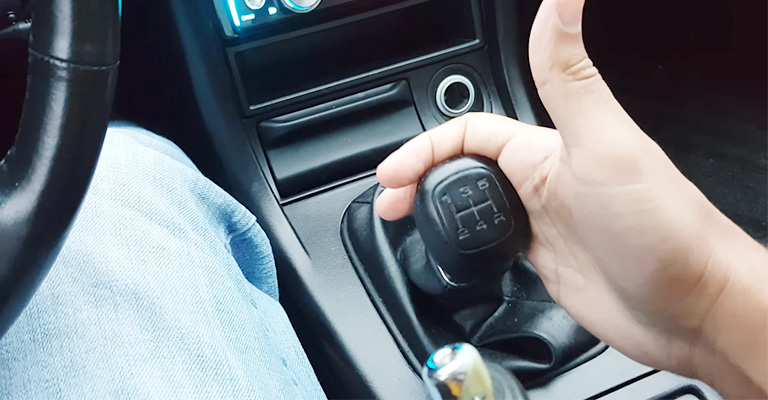
Causes of Manual Transmission Goes into Gear but Doesn’t Move
What is causing your manual car to go into gear but doesn’t move? Let’s look at some common causes so that you can diagnose and repair the problem.
Low or Dirty Transmission Fluid
Low or dirty transmission fluid is the most common cause of a manual transmission going into gear but not moving. This fluid acts like a lubricant and coolant, allowing the clutch and gears to move smoothly.
Without enough fluid, the clutch and gears can bind together and cause the transmission to stick or not move.
Pressure Plate and Clutch
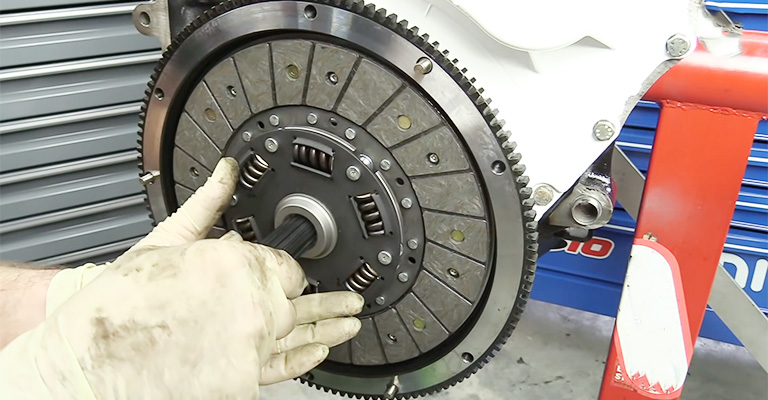
Another cause of a manual transmission going into gear but not moving is the pressure plate and its related clutch. The pressure plate is a large flat disk that makes contact with the clutch disc when you move the shifter.
If too much friction between the pressure plate and the clutch disc, then there will be enough power transmitted to the wheels to move your vehicle.
Faulty Linkages
Faulty linkages between the shift lever and the transmission can cause a manual transmission to go into gear but not move. The linkages connect the shift lever to the transmission and engage the gears.
If the linkage is loose, the shift lever won’t get the transmission into gear properly, and your car won’t move.
Slave Cylinder
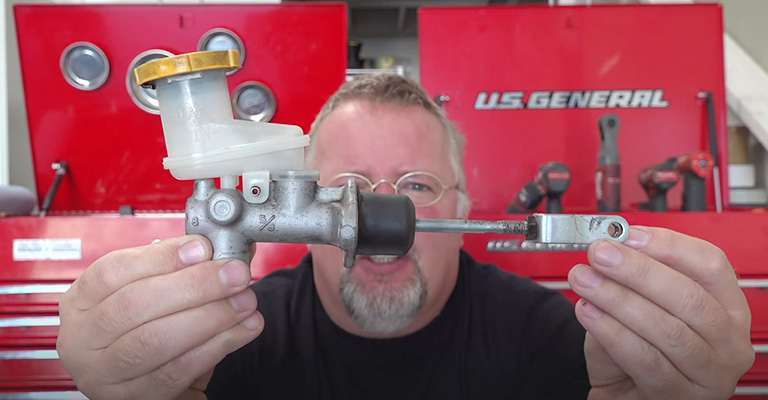
The slave cylinder is also an important component in manual transmission. This cylinder is attached to the transmission and is responsible for pushing the clutch disc against the pressure plate when the shift lever is moved.
If the slave cylinder isn’t engaging the pressure plate and clutch disc properly, then the transmission won’t be able to go into gear and move your car.
Damaged Synchronizers
Synchronizers are small metal pieces in-between each gear in the manual transmission. These synchronizers are responsible for ensuring that the gears mesh properly so that your vehicle can move.
If the synchronizers are damaged or worn out, the gears won’t properly line up, and the transmission won’t go into gear.
Worn-out Bearings
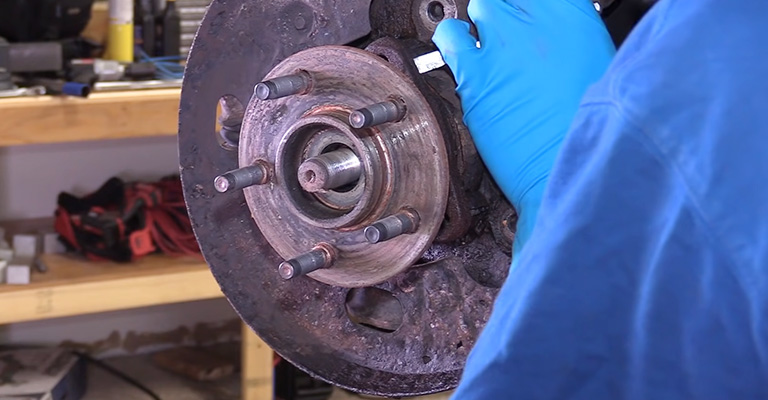
Bearings are small metal pieces that create a smooth surface for the gears to rotate against within the manual transmission. If the bearings are worn out, then the gears won’t move properly, and the transmission won’t be able to go into gear.
Poorly Adjusted Clutch
The clutch is integral to the manual transmission and allows the vehicle to move forward when the gears are engaged. If the clutch is adjusted properly, the transmission will be able to go into gear and move your vehicle.
Worn-out Gears
Gears are also an important component within the manual transmission and are responsible for transferring the power to the drive wheels. If the gears are worn out or damaged, they won’t be able to turn, and the transmission won’t go into gear.
Loose Bolts and Nuts
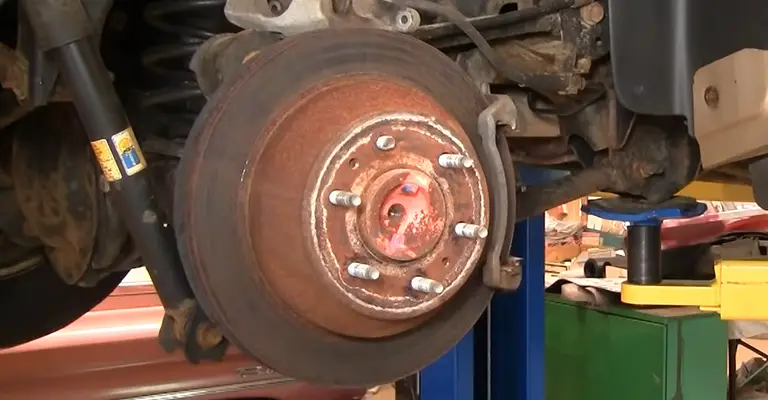
When all the manual transmission components are properly secured, the transmission should be able to go into gear and move your vehicle.
But if any of the nuts or bolts are loose, then the transmission won’t be able to engage, and your vehicle won’t move.
Bad Input Shaft
The input shaft is the rod that connects the transmission to the engine. If the input shaft is damaged or worn out, then the gears won’t be able to turn, and your transmission won’t go into gear.
These are the most common causes of a manual transmission going into gear but not moving. If you’re having this problem, make sure to diagnose and repair the problem as soon as possible so you can get back on the road.
How to Fix: Manual Transmission Goes into Gear but Won’t Move
From sediment build-up in the transmission fluid to a worn-out clutch, there are a variety of possible factors that could be causing your manual transmission to go into gear but not move.
To help you diagnose the problem and to try to resolve it, here’s a step-by-step guide on how to fix it.
Step 1: Check for Obstructions
First, you must check if an obstruction prevents the wheels or axle from moving forward. If an object prevents the car from moving, remove it before going any further with your troubleshooting.
Step 2: Check the Clutch
The clutch could be to blame if your car goes into gear but doesn’t move. To determine if your clutch needs to be replaced, start your vehicle and move the gearshift into first gear.
Then, while keeping your foot on the clutch pedal, press and release it quickly. If the car doesn’t move and releasing the pedal results in a loud rattling noise, then it’s probable that your clutch is worn-out or damaged and needs to be replaced.
Step 3: Check the Flywheel
Another potential issue could be the flywheel. To check for damage to the flywheel, look under the car’s hood and inspect it for any noticeable signs of wear or damage. You can move to the next step if it appears in good condition.
Step 4: Check the Master Cylinder
The master cylinder is the component responsible for pushing the clutch pedal, so it’s important to check it. If you notice any signs of leakage, or a worn-out or rusty-looking part, it’s a good idea to rebuild or replace it.
Step 5: Check the Transmission Fluid
If your manual transmission doesn’t move after you check and replace the parts mentioned above, your transmission fluid may be dirty or sediment-filled.
It’s important to check the level and condition of the transmission fluid, as this plays an important part in the overall health of your manual transmission. Give it a quick inspection and then refill or replace it depending on the condition.
Step 6: Inspect the Shifter Mechanism
The shifter mechanism is responsible for directing power from the engine to the transmission, so it’s important to inspect it.
When you can get underneath the vehicle, look at the shifter mechanism to see if there is any apparent damage or extreme wear. If so, then it’s best to have it replaced by a professional.
Step 7: Check the U-Joints
Drivetrain components, such as the U-joints, are responsible for transferring power from the engine to the transmission, so it’s important to ensure they are in good condition.
A quick inspection of the U-joints of your manual transmission will help you determine if they need to be replaced.
Step 8: Verify Linkages Are Working
Once you’ve checked all the components mentioned above, it’s time to check that the linkages are all in good working order. Often, broken linkages can result in a manual transmission not moving into gear.
Step 9: Check Vacuum Hoses
Vacuum hoses provide power to shift the gears in a manual transmission, so if they are in poor condition or broken, it could cause your transmission not to move. Visually inspect the hoses and replace any that look worn out or damaged.
Step 10: Have a Professional Take a Look
If you still can’t get your manual transmission to move after troubleshooting, it’s best to take it to a professional for a diagnosis. A technician can help you find the source of the issue and advise you on the best solution for fixing it.
FAQs
Is It Cheaper to Repair a Manual Transmission?
Yes, transmissions with a manual gearbox are easier on the wallet and the environment than their automatic counterparts.
Also, manual cars typically have straightforward designs. This means they won’t require nearly as many repairs as the high-tech automatic alternatives.
How Much Does a Brand-New Manual Transmission Cost?
Transmission replacement can cost anywhere from $2,000 to $4,000 (not including the cost of labor, which can range from $100 to $250, depending on the make and model of your vehicle and the service center you choose).
How Far Can a Manual Transmission Drive?
With proper maintenance and driving, a manual transmission can last 120,000 miles. After driving through the road for that many miles, consider replacing the fluids or the clutch. However, the transmission itself ought to be in good shape.
Does Pressing the Clutch Cause Any Damage?
Remember that the clutch should only be used when shifting gears. Keep your foot down on the clutch and remember about it. Even a light touch can quickly wear out the gears on the clutch.
Should We Engage the Half-Clutch while Turning?
Avoid driving with the clutch halfway down. A clutch serves two purposes: full engagement and full disengagement. However, you could be fatally damaging your clutch.
Final Thoughts
Based on the expert advice, if your vehicle’s manual transmission goes into gear but doesn’t move, then a multi-point inspection and possible adjustments may be necessary.
It indicates that checking the clutch and shift linkage components is necessary to ensure everything is adjusted and working properly.
If these adjustments do not resolve the issue, a professional mechanic will be needed to diagnose and repair the issue. With professional help, you can ensure your vehicle runs as smoothly and effectively as possible.
Leave a Reply